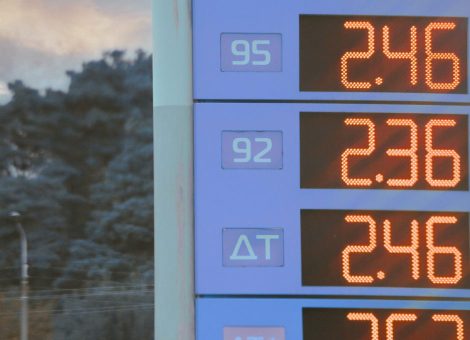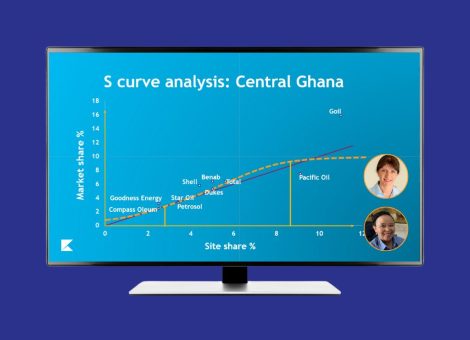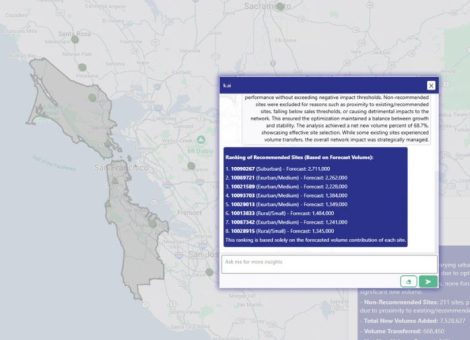Global fuel regulation trends with local impact
The fuel markets of the world are trending toward increased regulation across the board, and it’s critical for fuel retailers to be aware of the influence these regulations have, both globally and locally. Global financial and regulatory pressures create the perfect storm for increased volatility at the local level — and your micro-market could be next.
Let’s explore the most prevalent global fuel regulation trends and their impact on local markets.
3 Types of Regulation Trends to Watch
Fuel Price Change Regulations
Pricing regulations have become highly complex from a global perspective. With their hands tied by price change limitations and increasing uncertainty, fuel retailers are required to respond strategically to stay afloat. Examples of some notable pricing regulations, both domestically and abroad, include:
- In New Jersey, retailers are only allowed to change fuel prices once a day.
- In Austria, retailers are allowed to increase prices once a day at midday, but they may decrease their prices at any time.
- In Spain and France, retailers must submit price changes to a government website first, otherwise, they’ll be fined.
- Across Eastern Europe, retailers aren’t allowed to change prices without changing their “accounting period.” This process is so onerous that many end up changing prices once a day at midnight.
- In Western Australia, retailers can only change their prices once a day, the day beforehand, meaning they have no idea what their competitors will submit.
At the local level, these regulations push prices up due to uncertainty and impending fines. Although pricing regulations still have quite an impact and can’t be ignored, we’re moving away from an era where price regulation is the focal point and into an era where environmental regulation is taking center stage.
Environmental Regulations
The 2015 Paris Agreement set out a global action plan to combat the threat of climate change by limiting global warming to below 2 degrees Celsius (2C). With every country in the world a part of the Paris Agreement, except for Nicaragua and the United States announcing their intention to withdraw, each country has implemented its own programs to reduce carbon production. Countries set targets and earn credits for the amount of carbon reduction they’ve made, and because these credits can be accrued by retailers, wholesalers and fuel companies alike, they drive ambiguity in terms of price. This ambiguity leads to an increase in volatility at the local level.
Furthermore, air pollution will continue to impact the global fuels market, as nongovernmental organizations (NGOs) are being more resolute in their push for zero emissions policies and sixty countries are engaged in some policy process for fuel economy standards. To even have a shot at 2C, the world’s major markets need to transition to increasing levels of renewable fuels between 2020 and 2050, but the cost of that transition is estimated in excess of $130 billion. Decarbonization is a huge economic shift that is also increasing volatility in local markets.
Because of the high costs of adhering to these environmental regulations, some governments in regulated markets take a massive economic hit. In India, for example, there are three state-owned oil companies. If the government has to invest in compliance to environmental regulations, it’s no longer being propped up by the profits from these companies, driving prices up even further.
In addition to pricing and environmental regulations, the global trend toward increased fuel and vehicle policies is shaking up the industry. As air pollution, congestion and greenhouse gasses increase, many major cities have committed to ban or limit vehicles, including Athens, Madrid, London, New Delhi, Paris, Munich and more.
Some countries have implemented incentives to encourage the use of electric vehicles and other green fuels instead. These bans, limitations and policies have a major impact on demand in micro-markets, because the fuel product is tied to the vehicle that people choose — so the demand for diesel, gasoline and green fuels is in a state of flux. During different times of economic health, the demand for certain types of vehicles may change as well, impacting the fuel demand and regulations during that period.
One notable piece of legislation is the United States’ policy on fuel storage. Laws require double wall fuel tanks and lines, etc. The cost of adhering to these laws can be $100,000 per site, which results in increased costs for consumers.
Commercial & Anti-Monopoly Regulations
Regulations on ownership are also of interest to fuel retailers. China, for example, recently lifted the restriction limiting foreign companies to owning 30 or less gas stations in a chain. In 2017, the Australian Competition and Consumer Commission (ACCC) blocked an acquisition to avoid one company becoming dominant.
At the local level, acquisitions could have an impact in job creation or job loss. Acquisitions could also potentially eliminate the competition needed in micro-markets and local economies to drive down prices. Giant acquisitions have the potential to regress the level of competitiveness and volatility in some places.
Use Data to Guide Your Response to Global Fuel Regulation Trends
As regulatory pressures continue to increase during the transition to a low- or zero-carbon transportation future, the demand for fuels will have major impacts on local markets, including uncertainty, instability and volatility. It’s essential that fuel retailers remain hyper-aware of these trends and the impact on their micro-markets.
As a global company, Kalibrate has experienced all of these concerns with our clients, and we know that responding successfully to these changes and limitations is a matter of data-driven retail network planning, strategic pricing and optimization of each of the 7 Elements of fuel and convenience retail. These increased global regulations may create the perfect storm in your micro-market, but navigating these waters becomes significantly easier with a holistic, data-driven mindset.
Download Free eBook:
Read more articles about:
Fuel pricingSubscribe and get the latest updates
You may unsubscribe from our mailing list at any time. To understand how and why we process your data, please see our Privacy & Cookies Policy
Related posts
Fuel pricing
Fuel pricing by exception: When do analysts actually analyze?
Managing fuel prices can be time-consuming, especially when analysts spend much of their day on routine tasks....

Fuel pricing
Middle East / Africa - Fuel network planning: Critical insights
Join our team as we look at the key points of insight that fuel network planners need to consider when making...

